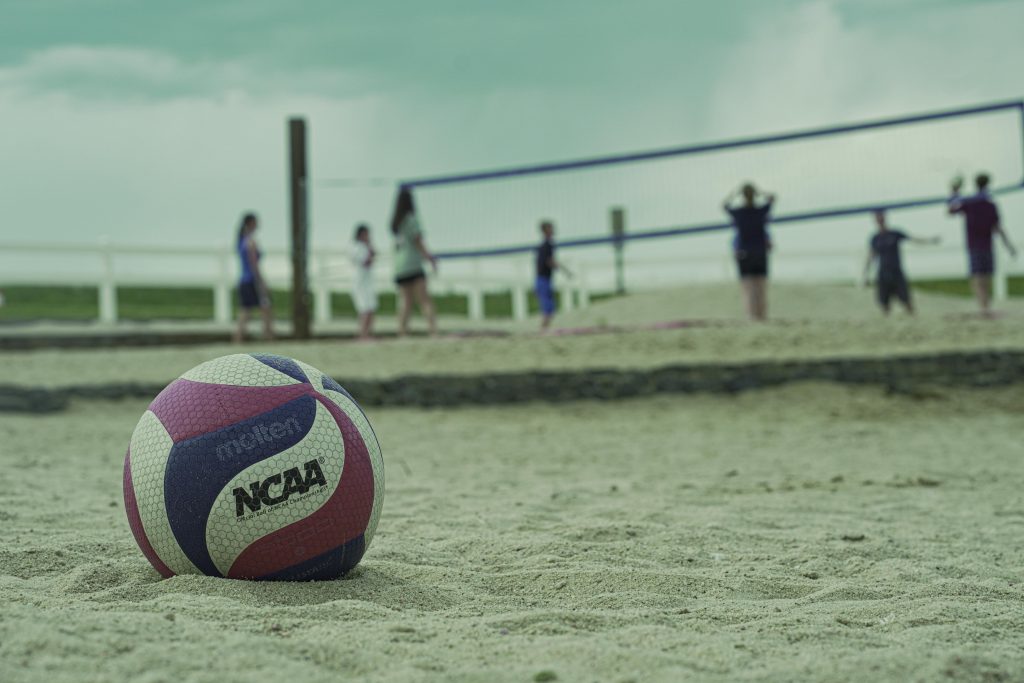Written By: Logan M. Gorg
On June 6, 2025, Judge Claudia Wilken approved a landmark settlement among Division I student-athletes, the NCAA, and power conferences that will immediately and forever change the character of college sports. After years of resisting student-athlete compensation for the sake of amateurism, the NCAA consented to settle several pending antitrust suits and approve back and future direct payments to student-athletes (collectively “House Settlement”).
The House Settlement compensates previous student-athletes for the name, image, and likeness opportunities that were lost to the NCAA’s amateurism rules. Altogether, previous student-athletes will receive $2.8 billion, paid over the course of ten years. The House Settlement also allows colleges to directly share revenue with student-athletes for the first time in the history of college sports. Colleges can share $20.5 million during the first year, with a cap that increases 4% every year over a total of ten years.
While this resolves longstanding and nuanced issues surrounding amateurism and compensation in college sports, Title IX immediately becomes the next hurdle for colleges to clear.
Title IX Requirements
Title IX of the Education Amendments Act of 1972 (“Title IX”) commands that “no person in the United States shall, on the basis of sex, be excluded from participation in, be denied the benefits of, or be subjected to discrimination under any education program or activity receiving Federal financial assistance.”
This requires colleges that receive any federal funding to provide equal opportunities to student-athletes of both genders, including financial opportunities like scholarships, and, perhaps, revenue sharing.
Title IX Implications for Future Revenue Direct Payments
Now that colleges can pay their student-athletes directly, these schools must decide how to allocate and distribute those funds. If colleges follow the damages model (the $2.8 billion payout) outlined in the Settlement, they will pay as follows: 75% of related revenue to football players, 15% to men’s basketball players, 5% to women’s basketball players, and 5% to players of all other sports.
Predictably, colleges — and plaintiff and defense lawyers — are already prepared to engage in Title IX litigation with this potential revenue-sharing scheme. The obvious and substantial disparity in payments to female and male student-athletes in the model payout structure immediately creates fodder for Title IX claims. And because Title IX claims were not part of the House Settlement (as they were deliberately ignored so as to resolve only the antitrust issue presented), colleges that receive federal funding have enormous legal exposure as to how they elect to distribute their revenue to student-athletes.
Perhaps foreshadowing this wave of Title IX litigation, on June 11, 2025, just a few days after Judge Wilken approved the House Settlement, eight female athletes filed a petition to appeal it. The appeal addresses only the $2.8 billion damages payout and does not address the future revenue-sharing structure.
To avoid similar claims regarding future revenue-sharing payments, colleges can proportionately distribute revenue to student-athletes according to student body demographics (ie. if the student body is 60% female, 60% of the revenue is distributed to female athletes). While this seems like a straightforward way to avoid almost certain litigation, colleges have a significant incentive to do otherwise: competition. Colleges will want to pour their revenue into the most dominant and profitable sports, namely football and men’s basketball, especially with the threat that other schools might outbid them for elite student-athletes.
And to these colleges, maybe it is worth the risk. The intersection of revenue-sharing for student-athletes and Title IX is a space without precedent. These payments are distinct from traditional financial assistance or reimbursements paid by colleges to student-athletes; these payments constitute compensation for the revenue the student-athletes help to bring in. Because these are the first ever contributions to student-athletes that are directly connected to the revenue they create, colleges might have a colorable argument for payout structures that appear at first glance to fly in the face of Title IX.
While over a hundred thousand athletes who would receive portions of the $2.8 billion payout now must wait with angst for the pending appeal to resolve, other interested parties might appreciate the hiccup: the result of the appeal will provide first insight into how future Title IX litigation might play out.
Sources
Brandon Marcello, House v. NCAA settlement approved: Landmark decision opens door for revenue sharing in college athletics, CBS Sports (June 12, 2025 10:23pm).
Dan Murphy, Judge OK’s $2.8B settlement, paving way for colleges to pay athletes, ESPN (June 12, 2025 10:25pm).
Daniel Libit & Michael McCann, Colleges Prep for Athlete Title IX Lawsuits of the Revenue-Share Era, Sportico (June 12, 2025 10:18pm).
Lindsay Schnell & Ralph D. Russo, Appeal alleging House v. NCAA settlement ‘ignored’ Title IX will pause back pay plans, The Athletic (June 12, 2025 10:15pm).
20 U.S.C.A. § 1681(a) (West).

